Beam, our CEO who had
taken us under her wing for the entire time we were in Indochina, introduced
us to Mr. Tan our local guide for the tour to the Ho Chi Minh Mausoleum,
Presidential Palace, House on Stilts and the One Pillar Pagoda. We took
taxis to the main gate of the complex. After a lengthy walk to the Mausoleum
we joined a long queue covered by a shade canopy over most of the way.
Started in 1973, the construction of the granite mausoleum was modeled
on that of Lenin's in Russia and was first open to the public in 1975.
We were passed by a large crowd
of little children in yellow T-shirts and hats and who were given priority
to view the mummified body of Ho -- patriotic indoctrination starts at
a very young age here -- as it does in most countries. Bill, in his yellow
shirt, tried to mingle in with the yellow-shirted kids, but it didn't take
the mausoleum guards long to spot him as an interloper - he was unceremoniously
escorted back to our group. Scattered among the throngs of tourists were
many school children, families, military, etc. who had made the pilgrimage.
Our queue moved along steadily
since the viewers were not allowed to stop as they walked around the display
case which housed the body. The line was monitored by honour guards in
white uniforms who didn't allow photos to be taken. All our cameras had
been collected by our local guide before we entered the queue. The body
of this first president of Vietnam was well lit and in good condition considering
that Ho had died in 1969. The body is taken to Moscow from November to
January each year where it undergoes maintenance similar to that done to
Lenin's body. Actually this was against Ho's wishes. . . he wanted to be
cremated with his ashes scattered over his beloved Vietnam, rather than
be put on display as had been done for Lenin, Stalin and Mao. The mausoleum
obviously means a great deal for many of the Vietnamese as it ensures that
their beloved leader ‘lives on forever’.
After we exited the main building
Mr. Tan gave us some of the details of Ho's life: how he was educated by
the discussions between his father and friends, studied abroad, studied
how the lower classes lived, used an endless number of pseudonyms, was
blacklisted in many countries for being involved in protests against governments,
etc. He finally returned to North Vietnam, worked within the government
and climbed his way up to president of the country. This was the position
he held during the Vietnam War -- or the American War as it is known throughout
Vietnam.
Mr. Tan said there are only 2000
Communist Party members. The rest of the people are "local people." They
vote for their local party members but have no other influence. More and
more though, they are capitalists in a Communist-run country. Every family
has a "family book" that records all generations. An infraction would earn
a black mark in this book, and it can affect future generations if they
apply for government positions, education, etc.
After the Mausoleum, we toured
the grounds where there were several buildings from the French colonial
era that had been taken over by the communist government. The buildings
were golden coloured and very French in style. We walked past the Presidential
Palace which was the former home of the Governor General of Indochina.
This large colonial structure is open only to diplomats or visiting foreign
dignitaries. Ho didn't want to work in this building. He wanted a simple
building, to set an example for the people. So, a small cottage on stilts
was built nearby and this was where he worked and lived. On our way to
the cottage and the surrounding botanical gardens we followed the long
tree-lined Mango Alley where Ho had walked for his morning excercise. It
was in these gardens that he also practised Martial Arts and Tai Chi with
his guards. We passed servants quarters and the Ho's earlier residence
-- the electrician's house -- that he occupied in the '50s while the stilt
house was being built.
An interesting building along
the way was a former colonial staff quarters converted to a garage to house
some of Ho's cars that had been donated from foreign countries: a 1954
Russian Zis, a 1955 Russian Pobeda and a 1964 Peugeot 404.
"Uncle Ho's Fish Pond" is one
of the major attractions in the complex. This large scenic pond was stocked
with carp by Ho. There are many places of interest circling this lake which
we looked forward to exploring.




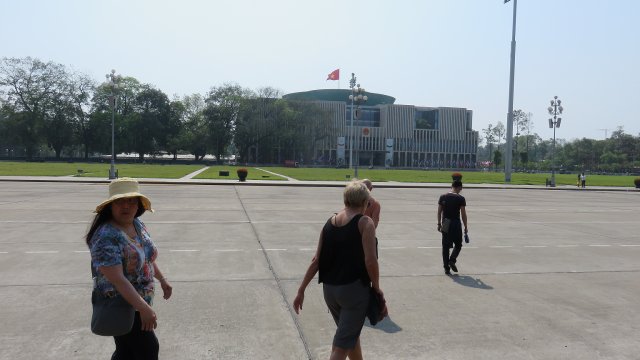
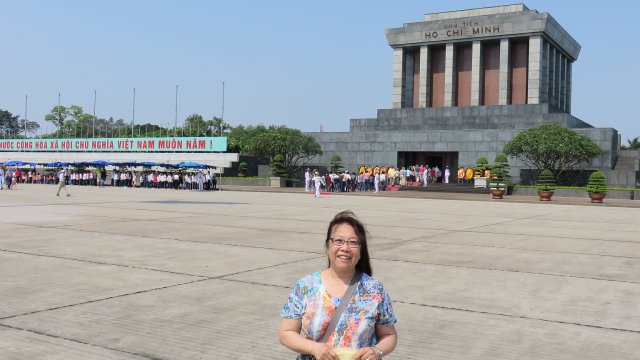
![]()
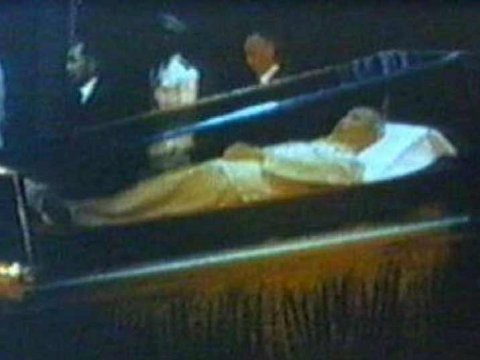
![]()
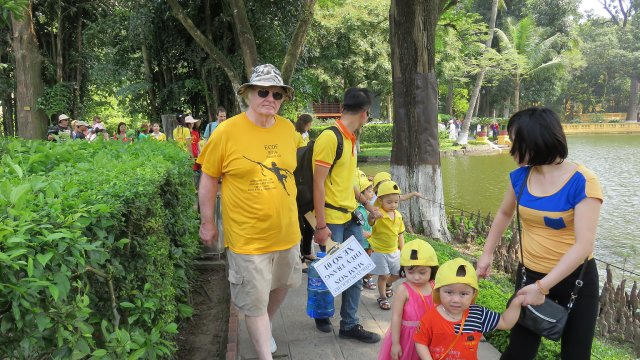
![]()
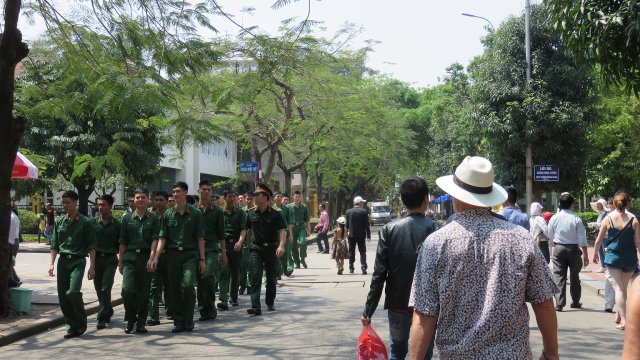
![]()
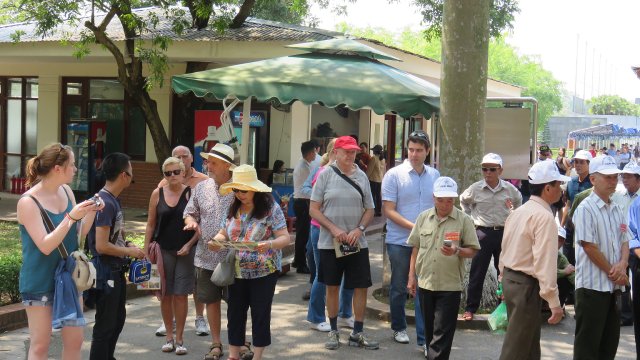
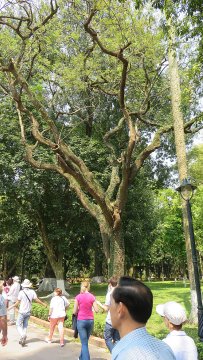
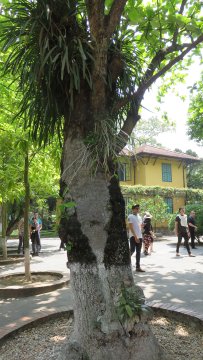
![]()
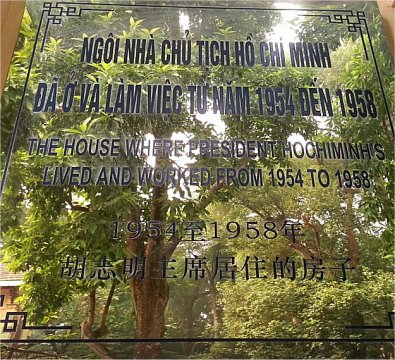
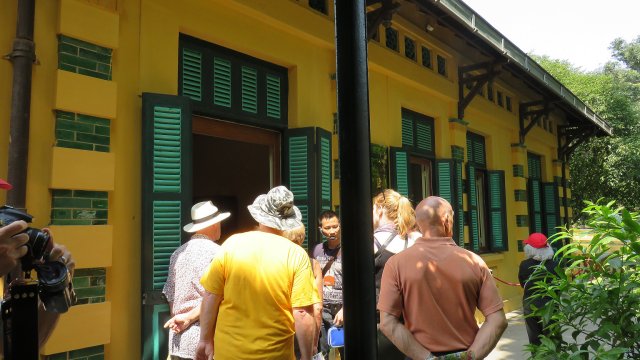
![]()
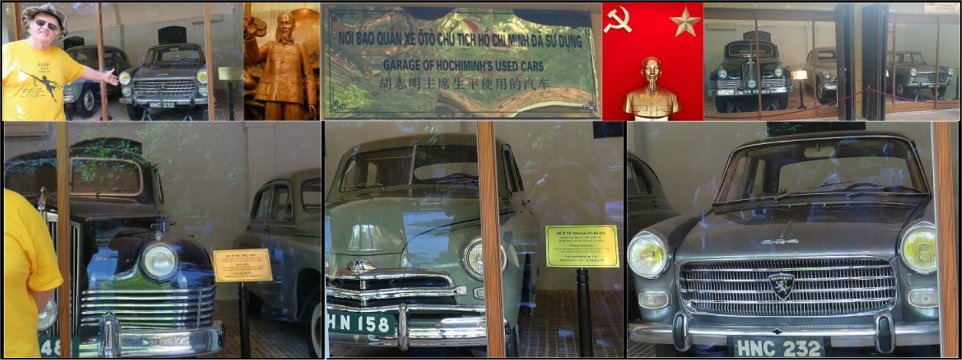
![]()
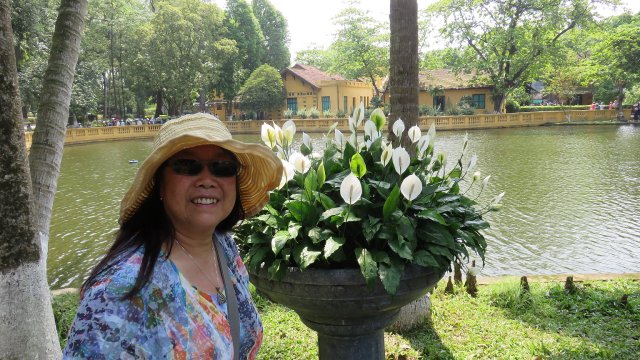
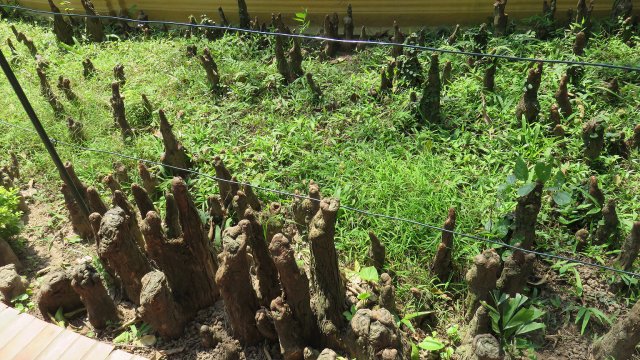
![]()
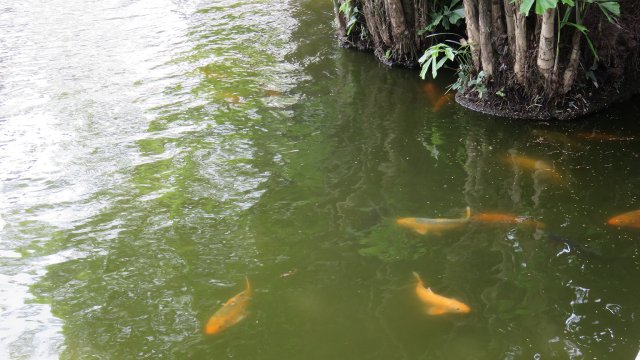
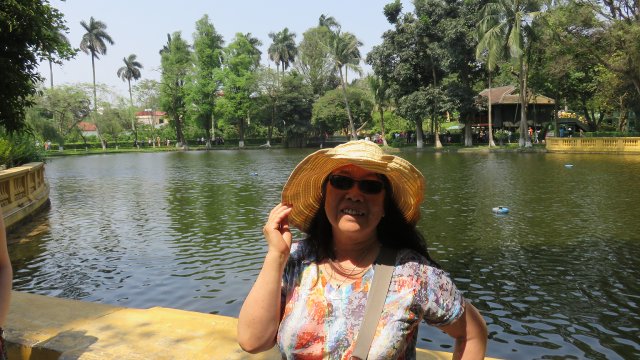
![]()
![]()
![]()
![]()